As a photographer for about 35 years, I’ve shot everything from 110 to 4×5, including instant. I’ve also shot digital for about 10 of those years, returning to film in 2014. During that time, I was introduced to my late father-in-law’s Argus C4. It intrigued me since it was an old rangefinder without the “bells and whistles” I’d become accustomed to with the modern film and digital SLRs I was using.
The first time I used this camera was in 2007, whilst I was still primarily shooting digital. I took a roll of Kodak 400CN and took images of nearby Newark, NJ.
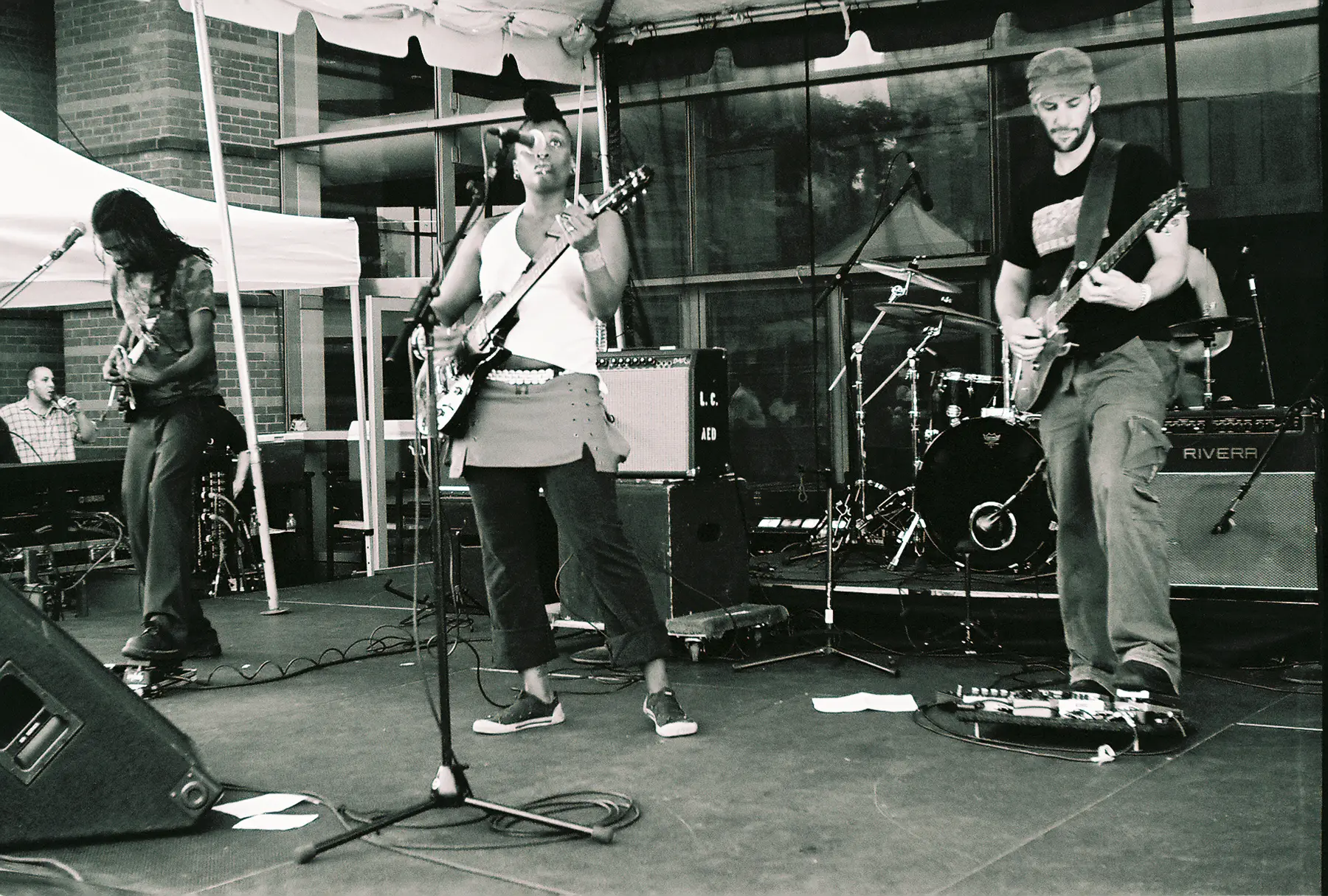
The Argus C4 was a 35mm rangefinder made by American camera company Argus (Ann Arbor, MI) during the 1950s at a time when American camera companies were producing cameras for the consumer market. I believe the earliest ads for this camera were from 1952. The C4 was the successor to the C3 (affectionately called “the brick” due to its appearance); and predecessor to the interchangeable lens C44. I have the silver version of the C4, but there was also a rare black version made as well, which is prized by collectors.

The Argus C4 is an all-metal camera with a metal shutter – despite this, it’s a light camera. It has a fixed 50mm f/2.8 maximum aperture lens. The shutter speed dial is on the front of the camera, though I do have to warn you that the C4 has limited shutter speeds: 1/10, 1/25, 1/50, 1/100, 1/300, and Bulb. There’s also no ASA/ISO dial so you have to either memorize my film speed or tape the film box’s tab to the camera’s back.
The viewfinder is good and allows me to focus even without glasses. The camera also has focus wheel above the lens, which is a nice feature.
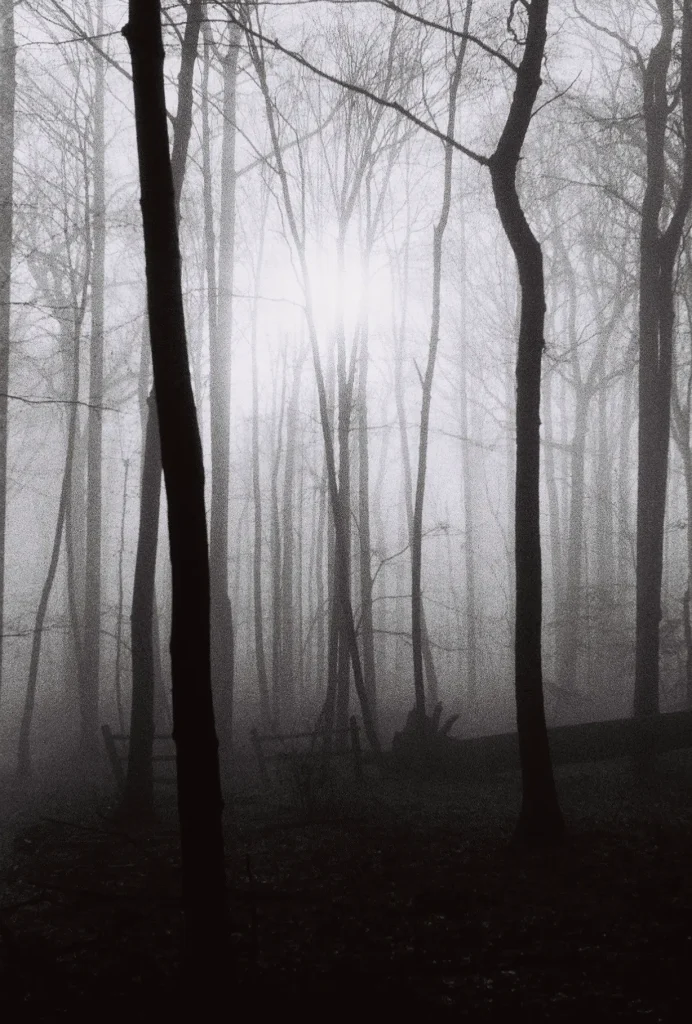

Loading the C4 is a bit of work. After removing the camera back via a latch on the bottom, you have to take the film leader and thread it into the take-up spool, which can be a bit persnickety at times. However, once the film is secured, you can attach the back onto the camera with ease. You then just have to remember to set the camera’s film counter dial to the number of exposures the roll has. Once that’s done, it’s ready to shoot.
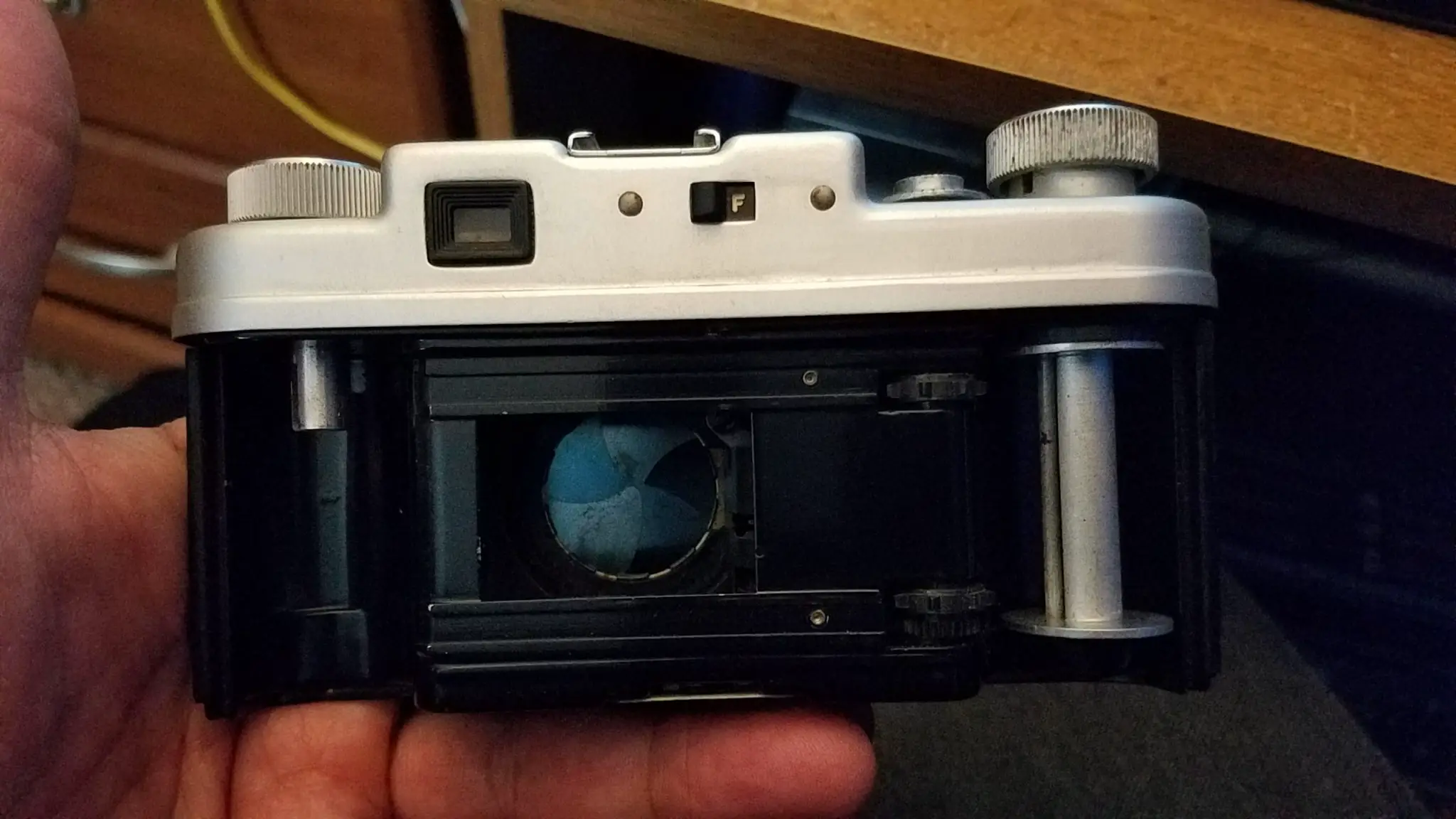
When shooting, you will notice the film counter dial moving backward. You have to be careful not to touch it when tripping the shutter or you could move it and confuse yourself on the number of shots left. You wind the film with the “WIND” knob, which is different from the levers I’ve worked with. Once your film counter reaches “0”, you’re finished and then have to rewind manually.
Rewinding film is an art. You lift up the “WIND” knob, and then twist the “REWIND” knob until you hear the film clear the take-up spool. Once your film is rewound, you can open up the camera and remove the roll.
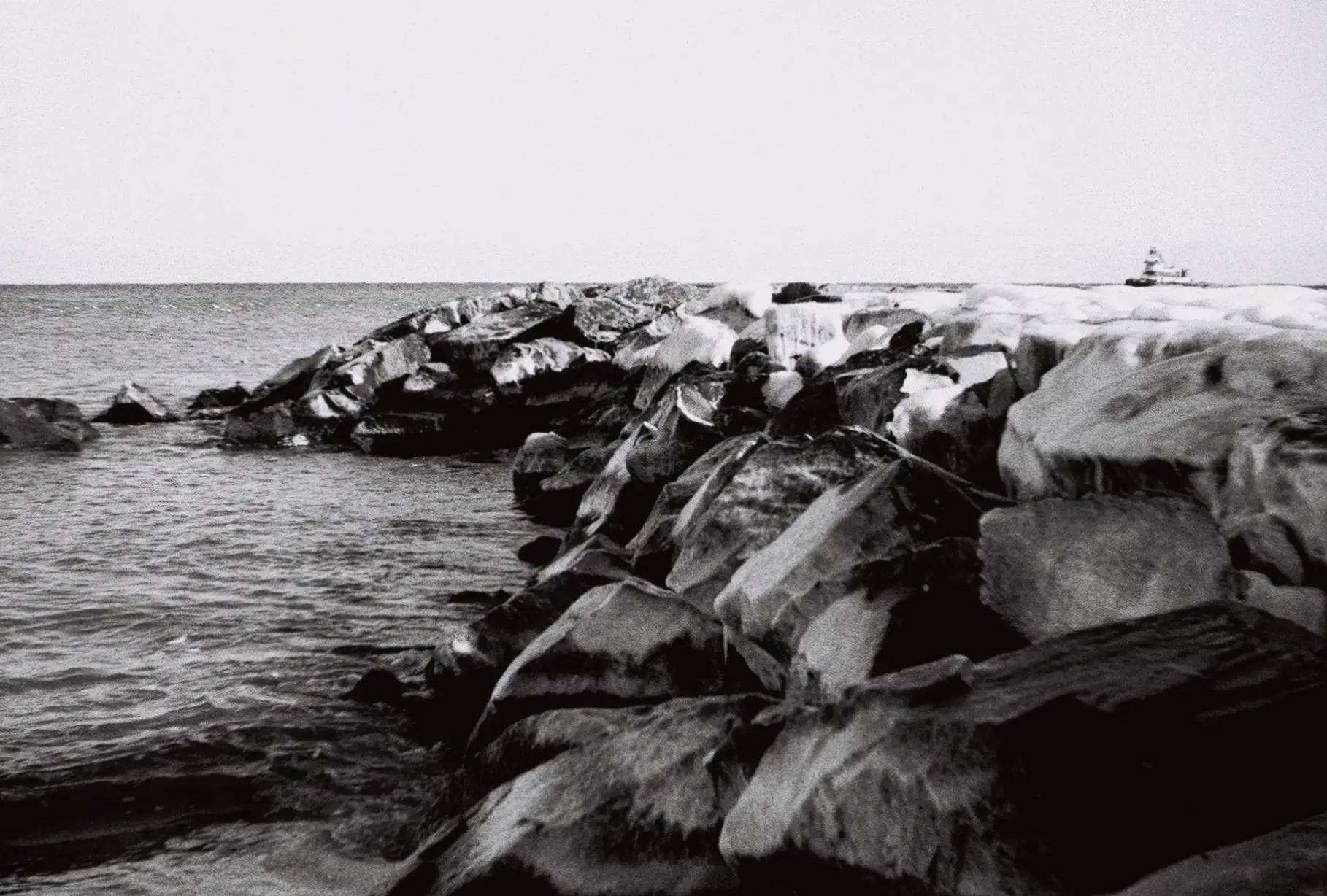
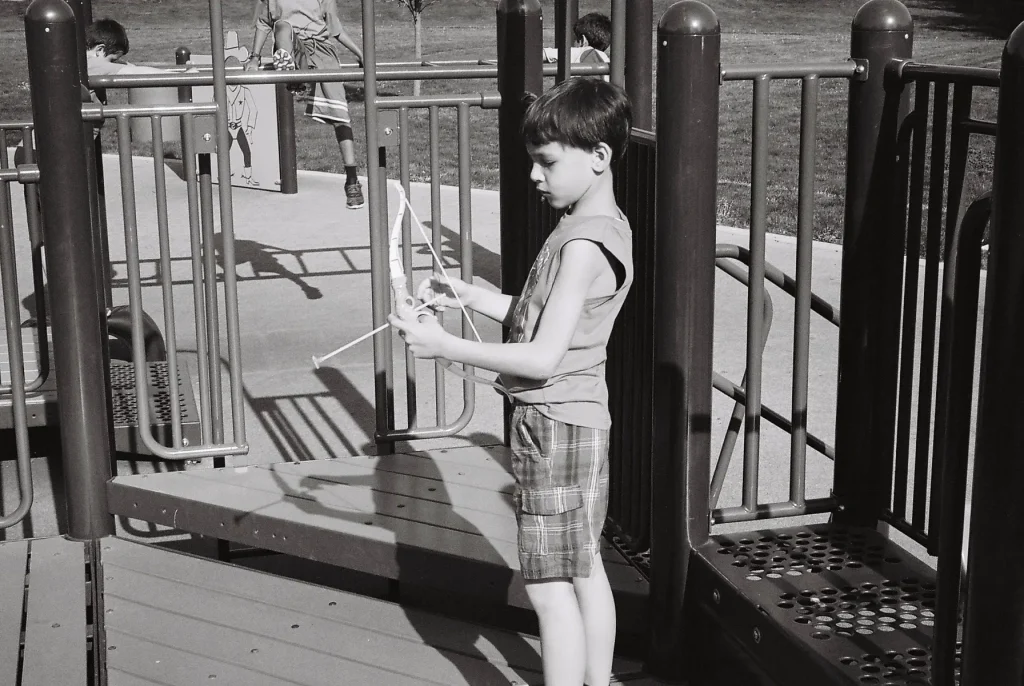
This camera design is for those who want to take their time shooting, although I could see 1950s-era photojournalists with the C4 as well. I do like shooting with the C4. It is a simple and straightforward camera you can toss in a small rangefinder bag and be off for the day. It’s fully mechanical, no bells or whistles camera, so unless you know the “sunny f/16 rule” you’ll need to have a light meter.
The fully mechanical quality allows me to shoot in any weather – even a cold Northeastern winter! There are no batteries, so if I’m on the road all day I don’t have to worry about the camera dying due to no power. Being a fixed lens rangefinder allows me the freedom of not having to dwell on what lens to use whilst composing an image.
All in all, the camera is a good camera for me to use when I’m working with one camera – it has most of what I need, no more, and not much less. A faster lens would be nice, but the glass in mine is still good. The 50mm f/2.8 lens is versatile for most day work – if I want to shoot in lower lighting, or night, I just use a faster film.
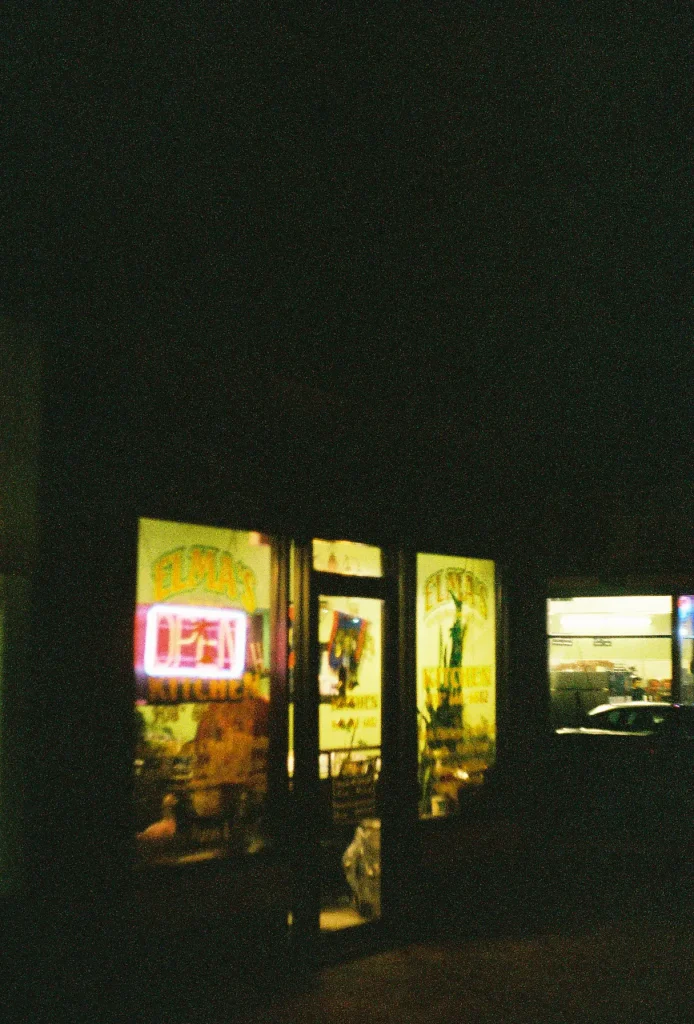
For photographers like me who cut their teeth in the auto-exposure/autofocus film SLR age, the Argus C4 can be a little off-putting with all its characteristics. Some may be intimidated by the fully mechanical layout sans bells and whistles. However, once you get the hang of it, the Argus C4 is a reliable camera that you can use in many photographic situations.
These days, I am gravitating to lighter equipment that will help me to take photos instead of doing camera bag gymnastics, and the C4 does that nicely. I’ve shot both black and white as well as color on the C4 and had good results. It’s fully mechanical design really does make me slow down and plan a shot since I have only so many images on a roll of film.
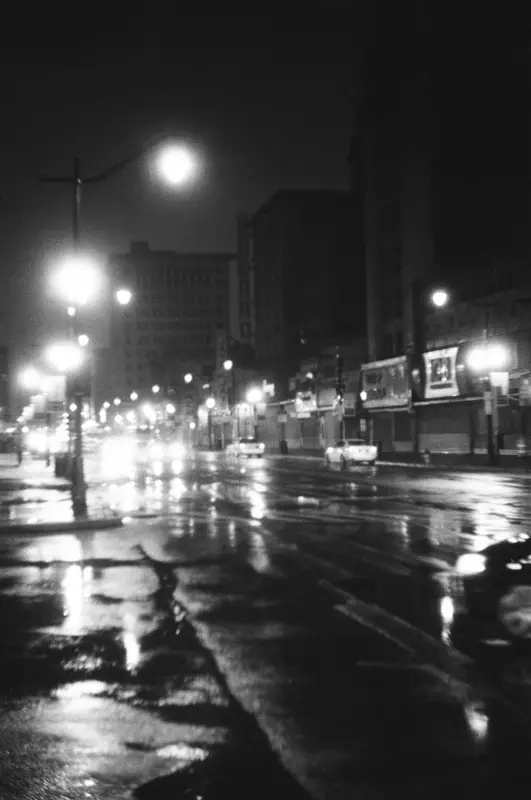
It’s sad to say, there are no American rangefinders currently manufactured for film. And as far as a fully mechanical rangefinder, all we have today is the Leica MP which costs a very pretty penny. However, if anyone wants a sturdy rangefinder without breaking the bank, and is willing to go fully mechanical, I can say the Argus C4 will do the trick.
I hope my C4 will last a long time and still perform. I look forward to taking the C4 on a long journey and shooting with just it. Plus, on a sentimental note, the Argus C4 connects me to my late father-in-law as well; I know he’d be happy I’m putting it to work!
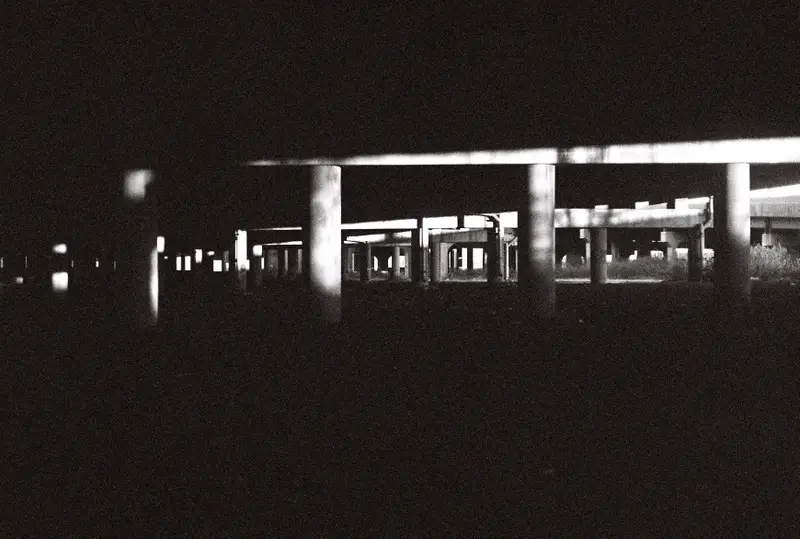

That’s my story of the Argus C4. You can see my work also on Flickr, Tumblr, and Instagram.
Share this post:
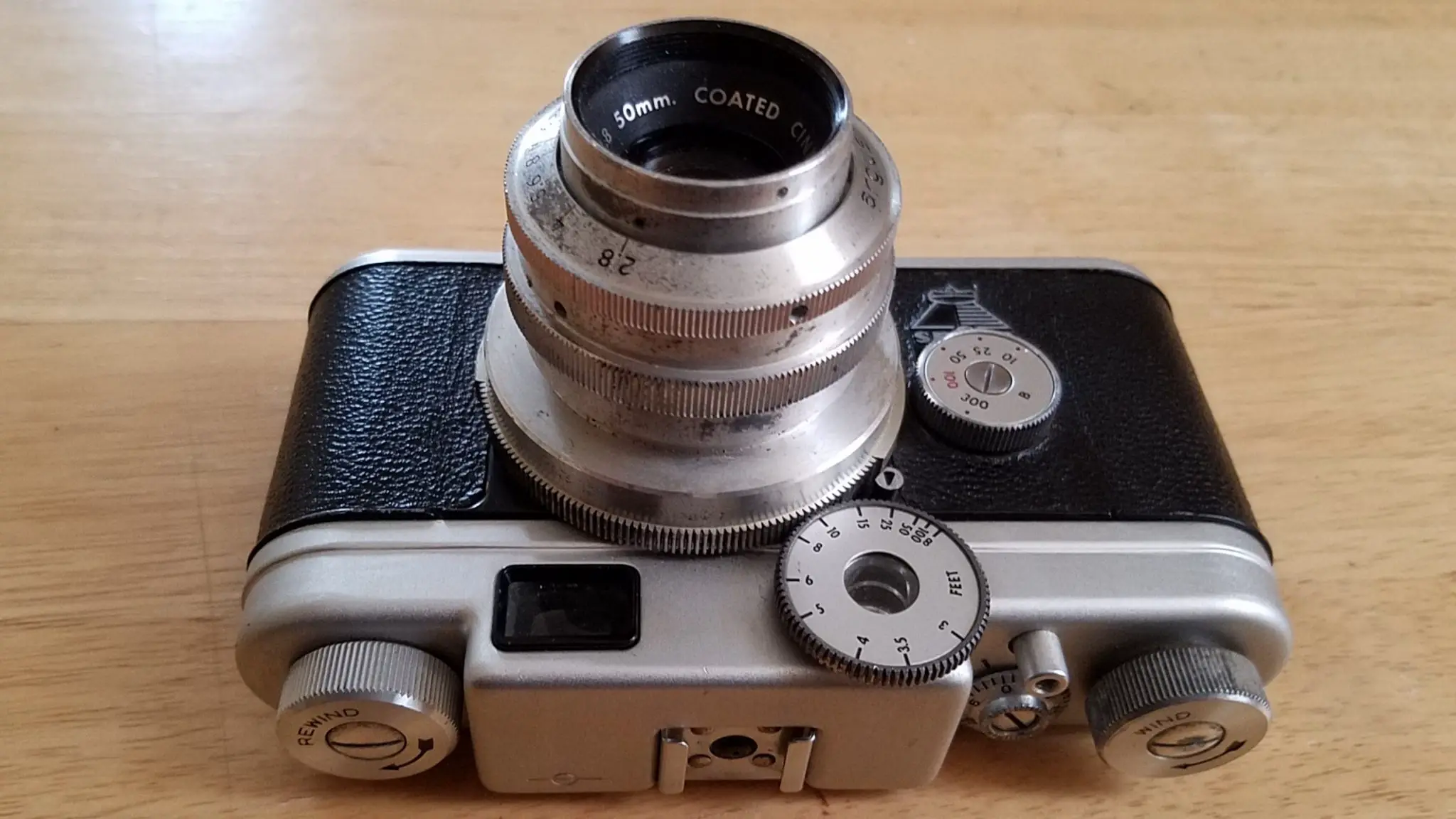



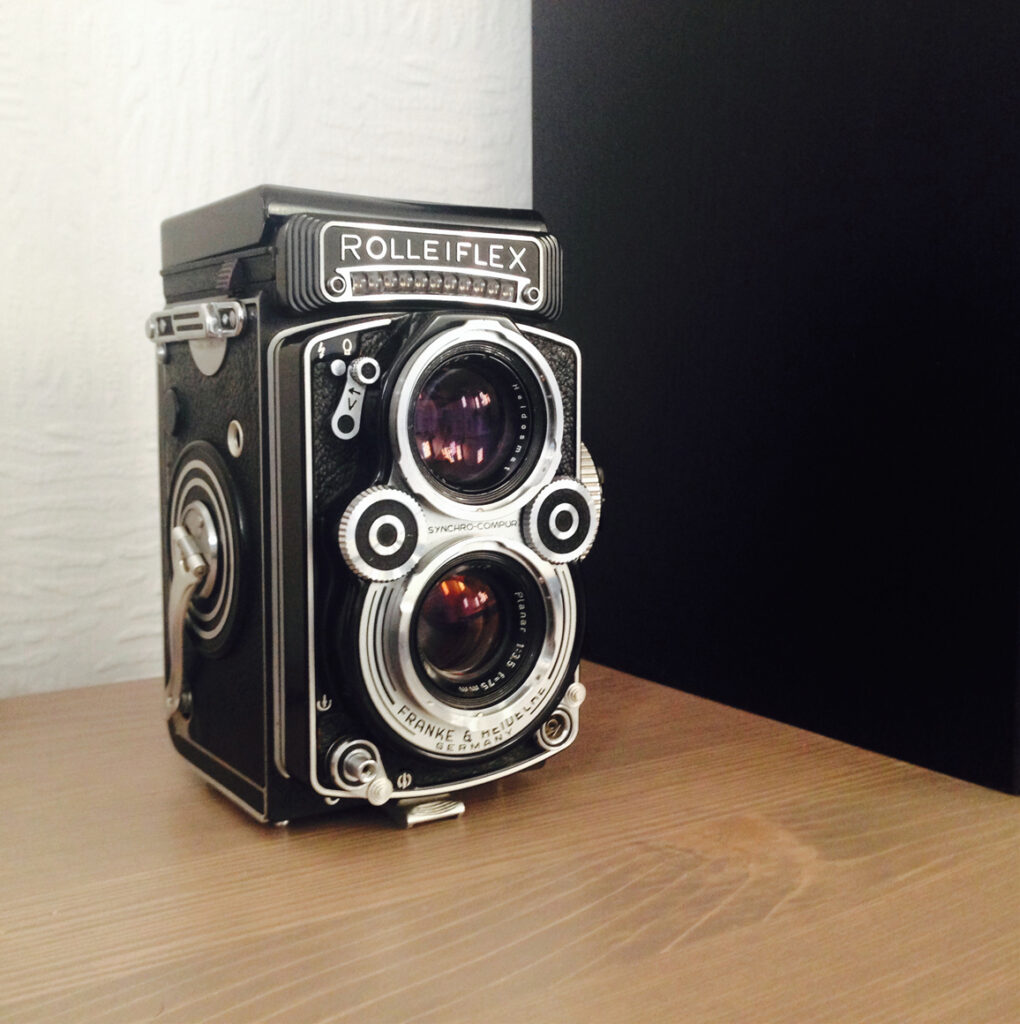




Comments
mark on Argus C4 Review – My Experiences – by DaCosta
Comment posted: 13/05/2018
As for the sunny 16 rule, I used cameras for years without a mete (too poor to get it fixed) and found that, upon testing, the actual rule should be sunny 11. It still works with digital.
Laurie on Argus C4 Review – My Experiences – by DaCosta
Comment posted: 27/11/2018
Eric risee on Argus C4 Review – My Experiences – by DaCosta
Comment posted: 09/12/2018
JA Young on Argus C4 Review – My Experiences – by DaCosta
Comment posted: 16/03/2019
Just today at a thrift store I found a pristine copy of the C4 among a pile of old, unwanted film cameras, and after checking the shutter performance, which was good, I plopped down $5 and look forward to shooting some black & whites.
It joins my collection of Nikons that I used in a 30-year newspaper career.
Becc on Argus C4 Review – My Experiences – by DaCosta
Comment posted: 10/11/2019